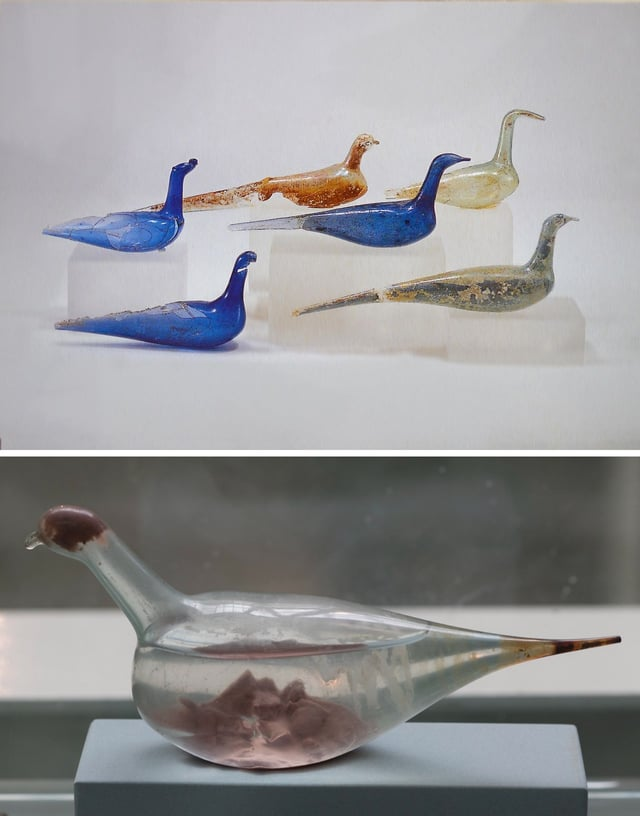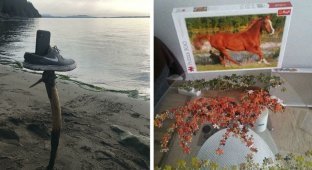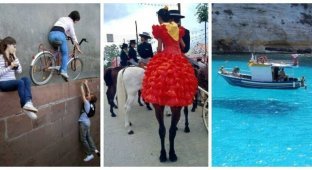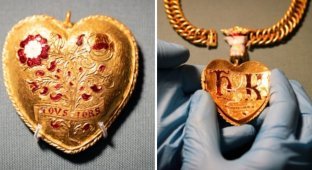Amazing finds of archaeologists that allow you to take a fresh look at the past (16 photos)
We offer a look at the amazing finds of archaeologists, which allow us to take a fresh look at the past. Thanks to them, we can learn how different cultures developed and unravel many mysteries that lost in time. Well, of course, these artifacts look simple amazing! I can’t even believe that such ancient things could do so well persist. All interesting viewing.
Hanja no Ontachi is a Japanese sword forged during the Edo period. (1603–1867), which was intended to fight against demons and impure forces. With a total length of 465 centimeters and a weight of 75 kilograms it is considered the largest sword in Japan. 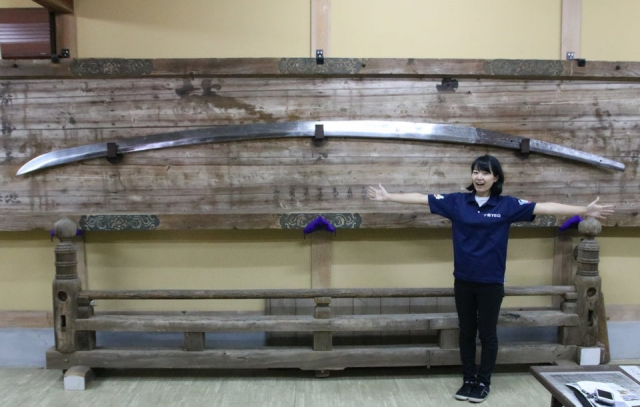
Hawaiian hand weapon made of wood and shark teeth, circa 1778 
Skull of Mary Magdalene, on display at Saint-Maximin Church in France 
Neapolitan gondola of King Carlos II of Spain. Baroque style with gilding, 1688 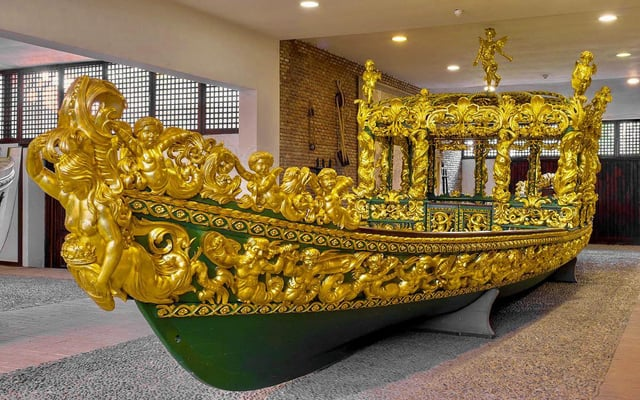
Large porphyry bath of Emperor Nero. Original object was in the palace of Nero, now it is exhibited in the Vatican Museum in Rome. 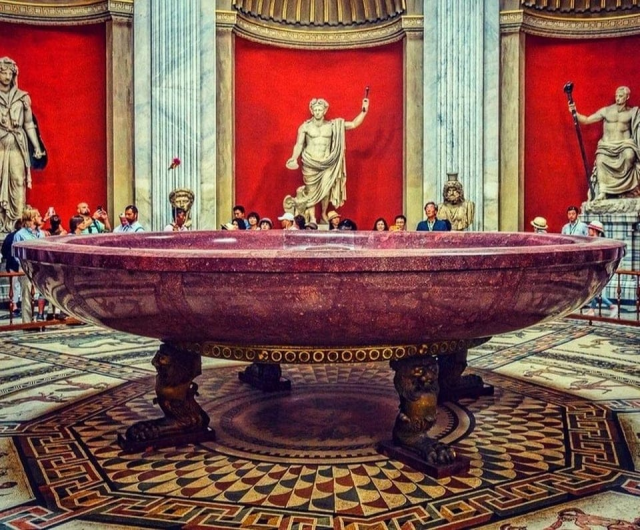
A glass eye inserted into a mourning ring after the death of its owner. Victorian era 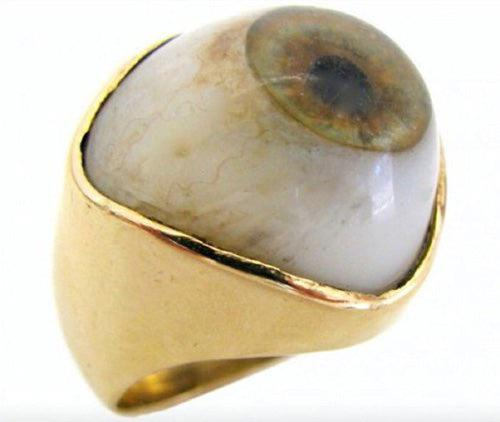
16th century pendant that belonged to King Henry VIII of England 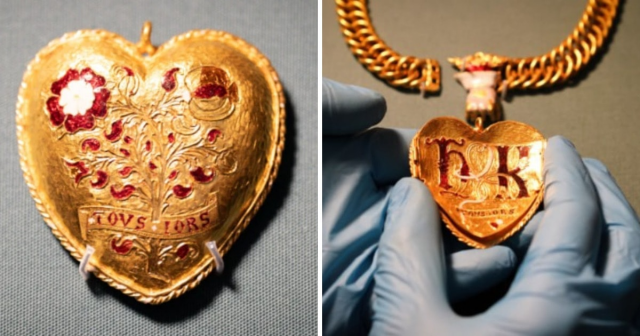
This amazingly well-preserved wagon, which is about 4000 years. It is made of pure oak, found in the village of Lchashen, not far from Lake Sevan, Armenia. 
Ancient Roman lead pipes 2000 years old 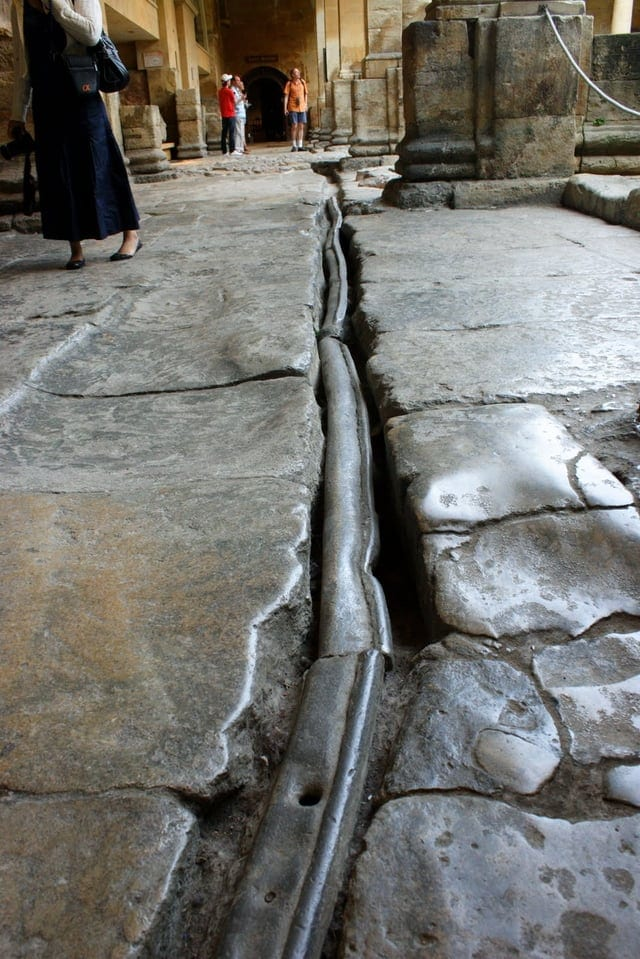
An early example of a successful cranioplasty, 400 AD. Cranioplasty is a surgical procedure to correct a defect in with the help of bone tissue (today this is also done with the help of polymeric metals and plastics). The patient survived, as evidenced by well healed wound. 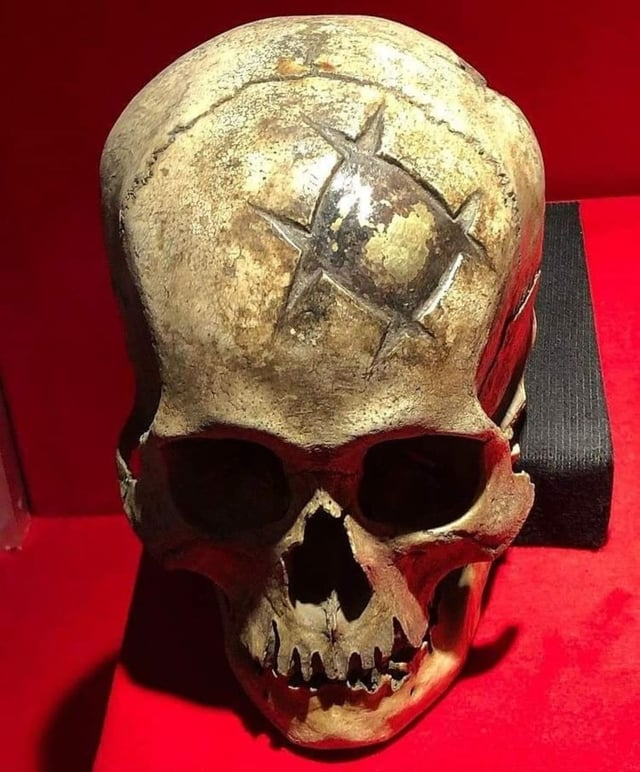
The Hunger Stele is located near the ancient city of Aswan in Egypt. The inscription on the stele tells of a seven-year period of drought during reign of pharaoh Djoser from the third dynasty. 
Sculpture from the Persian auditorium of King Darius I. Capital in bull shape. Made around 518-460 BC 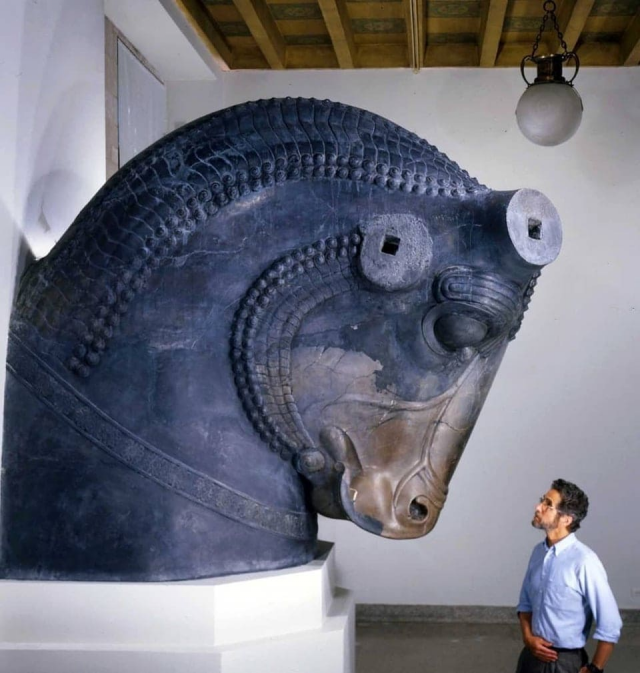
This is a ceramic vessel depicting the face of a man who is 5600 years. Found at the archaeological site of Yanguanzhai near Xi'an in China's Shaanxi province. The vessel was made by representatives of culture Neolithic Yangshao. This culture existed in 5000-3000 BC. 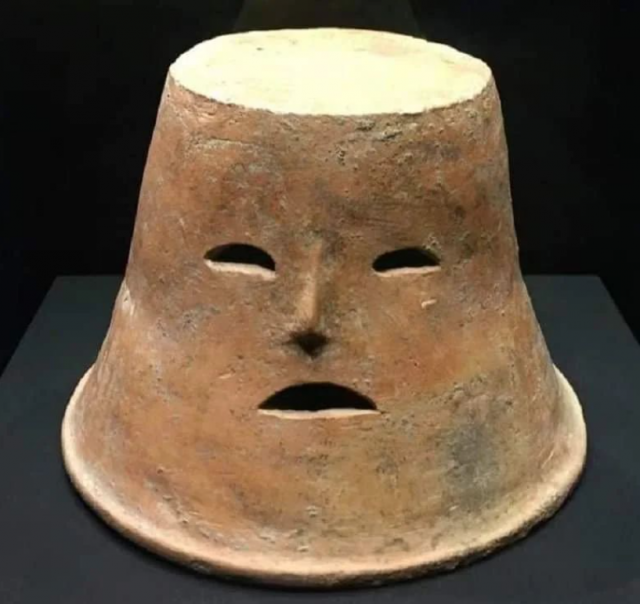
Place for cooking and serving food in Pompeii, 1st century AD 
The Codex Gigas, also known as the Devil's Bible, is the most largest illustrated manuscript in the world. It was written in Bohemian monk of the 13th century, who was allegedly helped by the devil. 
Roman glass vessels in the form of birds were used as perfume bottles. The liquid was sealed inside the vessels. To to use perfume, the tip of the tail had to be broken. Bird, which is shown in the lower picture is still intact and filled with fragrant content. 